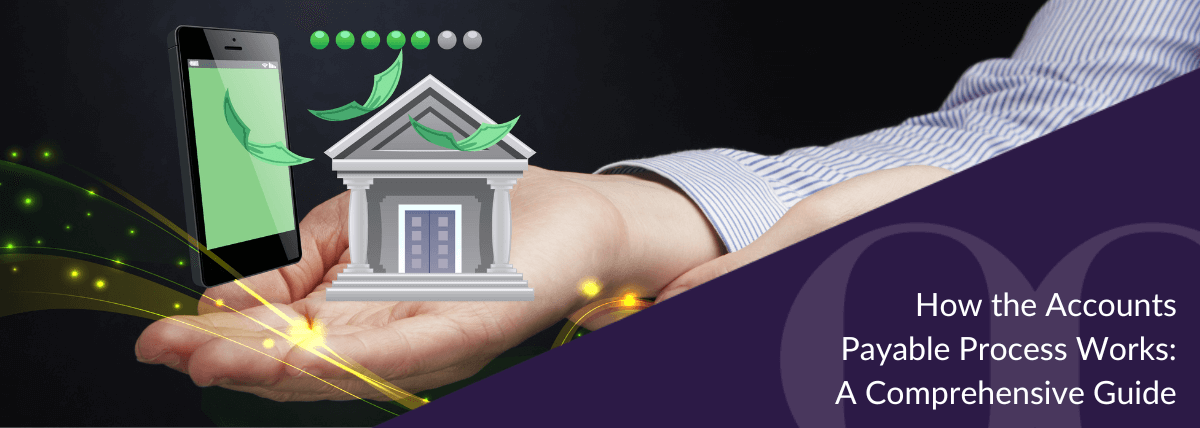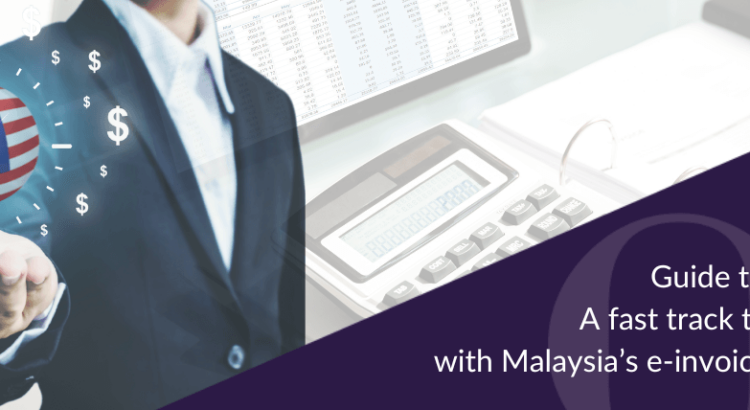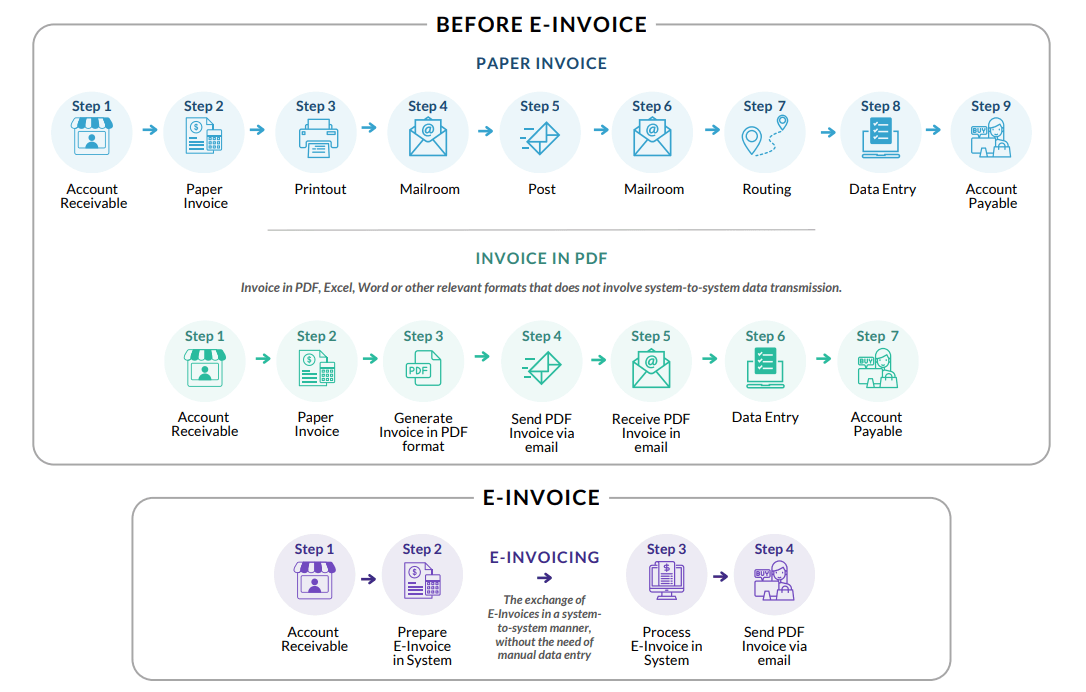Payroll outsourcing is a strategic approach where businesses entrust their payroll functions to external service providers. This arrangement benefits businesses of all sizes by simplifying payroll processes and ensuring compliance with regulations.
In this article, we explore the top 10 advantages of outsourcing your payroll services.
Outsourcing payroll reduces the administrative burden on internal HR teams, allowing them to focus on core business functions. It frees up valuable time and resources that can be allocated to strategic initiatives. With payroll tasks handled externally, HR professionals can dedicate their efforts to talent management, employee development, and other critical areas that drive organisational success.
Businesses can potentially save on salaries, benefits, and software for in-house payroll staff by outsourcing payroll services. Additionally, outsourcing eliminates the need for costly infrastructure investments in payroll processing. By leveraging the expertise and economies of scale of external providers, businesses can achieve significant cost savings while ensuring accurate and compliant payroll processing.
Outsourced payroll providers specialise in navigating complex tax regulations, reducing the risk of errors and penalties. They also stay updated on compliance changes, ensuring accurate and compliant payroll processing. With stringent quality control measures and dedicated payroll teams with expertise in payroll compliance, outsourced payroll providers helps to mitigate the risks associated with payroll processing errors, ensuring payroll accuracy and regulatory compliance.

Reputable payroll providers have in place strong data security measures to protect sensitive employee information. Outsourcing payroll reduces the risk of internal fraud or data breaches, enhancing overall security. With advanced encryption protocols, secure data centres, and comprehensive cybersecurity measures, outsourced payroll providers safeguard confidential employee data, providing businesses with peace of mind and mitigating risks associated with data breaches.
Outsourced payroll services offer scalability and flexibility to accommodate business growth or fluctuations in staffing levels. Businesses can easily adjust payroll services without hiring or training additional staff. Whether scaling operations to support expansion initiatives or adjusting payroll services to align with seasonal staffing changes, outsourcing payroll provides businesses with the flexibility to adapt quickly to evolving business needs, ensuring seamless payroll operations.
By outsourcing payroll, businesses gain access to the expertise of payroll specialists who stay in the know of best practices and industry trends. This knowledge enhances payroll accuracy and efficiency. With dedicated payroll professionals managing payroll tasks, businesses can leverage the expertise of seasoned professionals with specialised knowledge in payroll processing, tax compliance, and regulatory requirements, ensuring accurate and efficient payroll operations.

Timely and accurate payroll processing contributes to employee satisfaction and morale. Some payroll providers offer self-service portals, allowing employees to access pay slips and tax documents conveniently. By providing employees with timely and accurate salaries, and access to comprehensive payroll information and self-service tools, businesses can enhance employee satisfaction, engagement, and retention. This fosters a positive workplace culture and strengthens employee relations.
Outsourcing payroll centralises payroll tasks with a single provider, simplifying record-keeping, reporting, and auditing processes. This simplified administration enhances efficiency and compliance. With integrated payroll solutions and automated processes, businesses can streamline payroll administration tasks, reduce manual errors, and ensure consistent payroll processing, optimising operational efficiency and ensuring smooth payroll management.
Outsourcing payroll shifts the burden of payroll complexities to dedicated service providers, reducing stress for internal HR teams. It allows HR professionals to focus on strategic initiatives rather than routine tasks. By partnering with experienced payroll providers, businesses can lessen the administrative burden associated with payroll processing, allowing HR professionals to focus on strategic initiatives such as organisational development, talent acquisition and employee engagement.
By outsourcing payroll, businesses can invest time and resources in key areas that drive growth and profitability. This focus on core business functions enhances overall efficiency and competitiveness. With payroll tasks entrusted to external providers, businesses can redirect resources to main functions to drive sustainable business growth.

BoardRoom's Expert Outsourced Payroll Solutions
Outsourcing payroll services offers numerous advantages, including cost savings, enhanced accuracy and compliance, and improved employee satisfaction. At BoardRoom, we offer comprehensive outsourced payroll services designed to simplify your payroll processes and ensure compliance with regulatory requirements. From payroll calculation and withholding tax to employee record maintenance and statutory reporting, BoardRoom handles all aspects of payroll administration with our team of experienced payroll specialists and cutting-edge technology.
Contact us today to experience seamless and stress-free payroll management.
Related Business Insights
-

11 Oct 2024
How the Accounts Payable Process Works: A Comprehensive Guide
Learn how our outsourced services can streamline your accounts payable process to enhance efficiency, reduce costs, …
READ MORE -

26 Aug 2024
Mastering Payroll in Manufacturing Industry: Advanced Solutions for a Global Workforce
Simplify your payroll processing in manufacturing industry with BoardRoom’s real-time data processing and advance …
READ MORE -

08 Jul 2024
Guide to Filing Annual Returns in Malaysia
Ensure compliance and maintain your business's integrity in Malaysia with this guide on filing annual returns effic …
READ MORE










